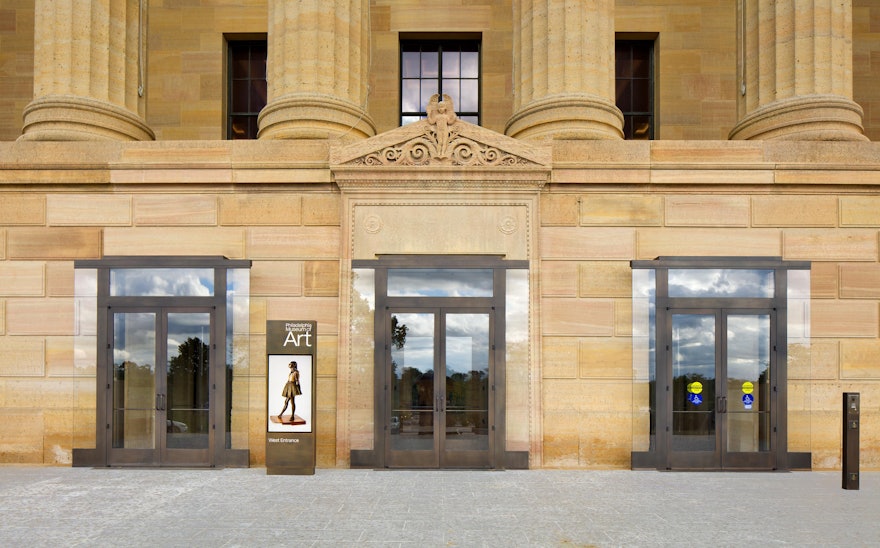Yuri Suzuki has been commissioned by SPACE10 to create one of its ‘Everyday Experiments‘—an ongoing series of digital experiments with IKEA which challenge the role of technology in the home.
Now more than ever, we find ourselves using the home for a myriad of uses; sleeping, eating, relaxing, working, broadcasting and communicating. The challenge with this is a question of space, but even more importantly sound. As Yuri and team outlined in their experiment ‘convolution reverb’, while sound can have a big impact on our sense of wellbeing, it can also have a negative impact on our sense of privacy and personal space.
When we look at the modularity of the home, we must also consider how one room can be used as two or three, for multiple people and multiple activities. A shared living space becomes an office, a kitchen becomes a call centre. Humans have an amazing ability to be able to screen out certain sounds or frequencies, however with so many devices, we now face more and more sound pollutants as well as an ever-growing need for privacy and silence.
‘Sound Bubbles’ is a novel experiment that uses existing technologies but with a new approach that focuses on how we can create sound partitions in the home. Sound cancelling technologies have been available for almost 100 years—the ability to take a sound wave, add its inverse wave and create a cancellation, or phase cancellation reducing the sound to near silence if the result is successful. This technique has only ever been used only on headphones, and with a fixed range of motion.
For this experiment, Yuri took sound cancelling technology with the addition of white noise (which can be heard naturally in breaking waves, television static and a boiling kettle) and instead of headphones, used IoT speakers as the input and output source. Through the addition of an iPad application, the user can then scan their room floor plan, looking at where their speakers are placed, and then draw a ‘Sound Bubble’ to create a silent zone within the room.
The visualisation helps the user to understand where sounds are coming from (using the input of speakers) and then create the phase cancelled result at the output of the speaker. The ability to use multiple speakers within the home allows for a more spatially accurate result, and the addition of white noise creates an audio masking for any sound that cannot be cancelled.
As this is a relatively new use of technology it is still in its infancy, but as spatial audio and playback devices improve, so will the accuracy of the sound cancellation, meaning that it might not be long until everyone can create their very own ‘sound bubble’.
